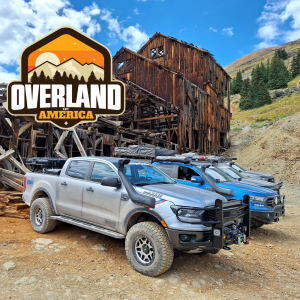SgtDan94
Well-Known Member
Can you post some pictures of the carb from the sides or back?
The mixture control solenoid is just that, it is not the same as the Idle Air Control Valve which does not effect mixture, only controls idle speed by allowing air to flow around the throttle plate.
It is almost guaranteed that there is an air/vacuum leak feeding air into the intake and bypassing the carb. This could be almost any device on the vacuum diagram, you really have to check them one by one. I used to have a scanned document of all the vacuum devices used on Fords, and will try to find it.
here are some pictures of the carburetor. Could it be that the mixture control solenoid is letting air bypass even though the engine is already warmed up?? And could it be doing this because the coolant sensor is faulty and is reading cold all the time ?
Attachments
-
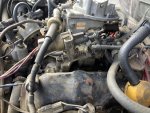 F1D1BE21-E7A6-4AC4-8EFF-4868724FC81E.jpeg254.9 KB · Views: 189
F1D1BE21-E7A6-4AC4-8EFF-4868724FC81E.jpeg254.9 KB · Views: 189 -
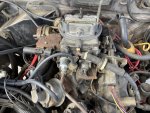 7AFD7046-3F90-4CAB-B4FC-43099FA13168.jpeg259.6 KB · Views: 194
7AFD7046-3F90-4CAB-B4FC-43099FA13168.jpeg259.6 KB · Views: 194 -
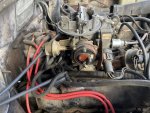 00D115C7-06DA-4153-8978-CE838843BFB4.jpeg241.9 KB · Views: 183
00D115C7-06DA-4153-8978-CE838843BFB4.jpeg241.9 KB · Views: 183 -
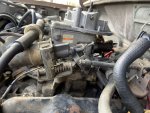 5489A23F-5B3E-4C01-AF70-8762B0252781.jpeg225.9 KB · Views: 183
5489A23F-5B3E-4C01-AF70-8762B0252781.jpeg225.9 KB · Views: 183 -
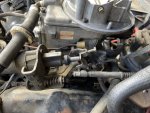 91EEB3B8-B46E-43F3-A3A2-898A1757C630.jpeg225.8 KB · Views: 200
91EEB3B8-B46E-43F3-A3A2-898A1757C630.jpeg225.8 KB · Views: 200

